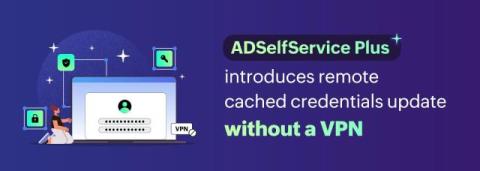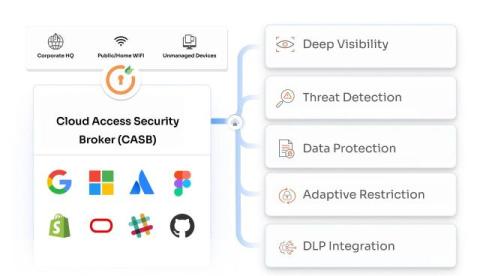Supporting your remote workforce: Automatic cached credentials update
In today’s increasingly remote work environment, IT administrators face the challenge of ensuring end users can securely and seamlessly access company resources from anywhere. A critical aspect of this is managing passwords, particularly when users are away from the domain network. These remote users greatly benefit from cached credentials, or the domain username and password hash stored locally on users’ machines after a successful domain-connected login.











